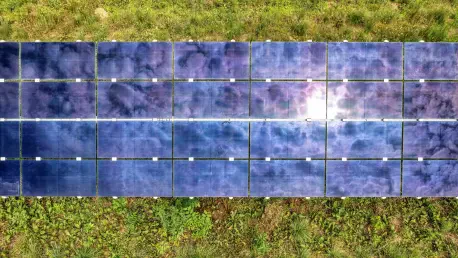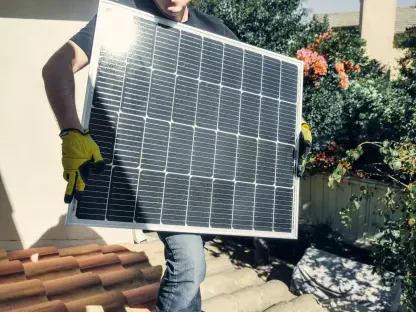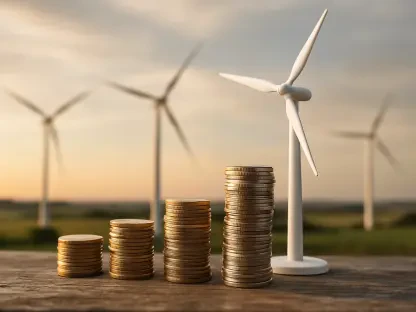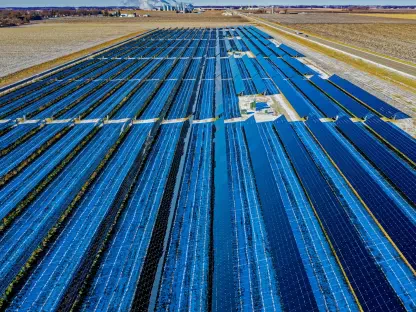Solar power is rapidly emerging as a cornerstone of America’s energy framework, marking a transformative shift in the nation’s energy strategy. With the Federal Energy Regulatory Commission (FERC) reporting solar energy’s unprecedented contributions to new electricity-generating capacity, the narrative surrounding energy sources is set to evolve significantly. Questions loom over the reliability, scale, and potential of solar and other renewables in reshaping traditional energy dependencies.
The Evolution and Importance of Solar Energy
Solar power’s ascent in the United States’ energy matrix is not just an advancement in technology but a critical pivot towards sustainable energy. As the leading source of new capacity, solar’s dominance attests to its productivity and adaptability. Beyond mere statistics, this shift bears broader societal relevance, aligning with objectives like reducing carbon footprints and ensuring energy independence. The transition to renewables is significant, not just for energy economies, but also as a decisive step in global environmental strategies.
Detailed Analysis of Methodology and Findings
Methodology
The examination involved a comprehensive analysis of FERC’s “Energy Infrastructure Update” report. This includes quantitative assessments detailing the capacity contributions of various energy sources. By harnessing data on solar, wind, and conventional energy sources (like coal and natural gas), insights were drawn on their respective growth trajectories, highlighted by the deployment of statistical methods and trend analysis tools.
Findings
The findings present a compelling narrative: solar energy accounted for over 87% of new generating capacity additions in a recent month, sustaining its top position for twenty consecutive months. Together with wind, solar accounted for nearly 96% of new additions this year, indicative of a robust renewable energy momentum. Utility-scale solar combined with small-scale installations contributes significantly to the national energy capacity, revealing a marked increase in the reliance on renewables.
Implications
These findings underscore significant implications for America’s energy future. Practically, transitions to renewable energy, namely solar and wind, pave pathways for reduced reliance on fossil fuels, decreasing the ecological footprint. Solar’s projected growth, already double the anticipated expansion of wind capacity, positions it as a formidable contender against traditional energy sources, reshaping industry strategies and policy formulations.
Reflective Insights and Pathways for Advancement
Reflection
Reflecting on the research process, the robust methodology ensured accurate representation of solar trends, although comprehensive data integration from small-scale solar sources remains a challenge. Addressing this limitation in future research could enhance precision and broaden the database of renewable energy insights.
Future Directions
Further research should focus on systematic evaluations of administrative measures and their impact on solar expansion. Additional inquiries into the efficiency and economic viability of integrating small-scale solar with utility-scale projects will be valuable. Engaging with unanswered questions about the resilience of renewable integration with existing energy grids remains crucial.
Bridging to Future Prospects
The investigation into America’s evolving energy landscape reveals the remarkable positioning of solar energy as a leading force. Significant growth forecasts suggest solar’s potential to outpace traditional power sources like natural gas. The transition to renewables enhances sustainability, advocating for continuous exploration of policy measures, technological innovations, and infrastructure developments. As the nation progresses, these insights fortify the foundation for a dynamic, renewable-centric energy paradigm.









